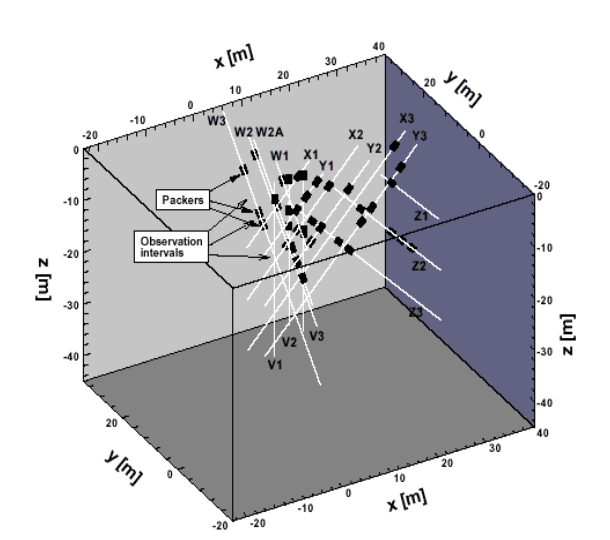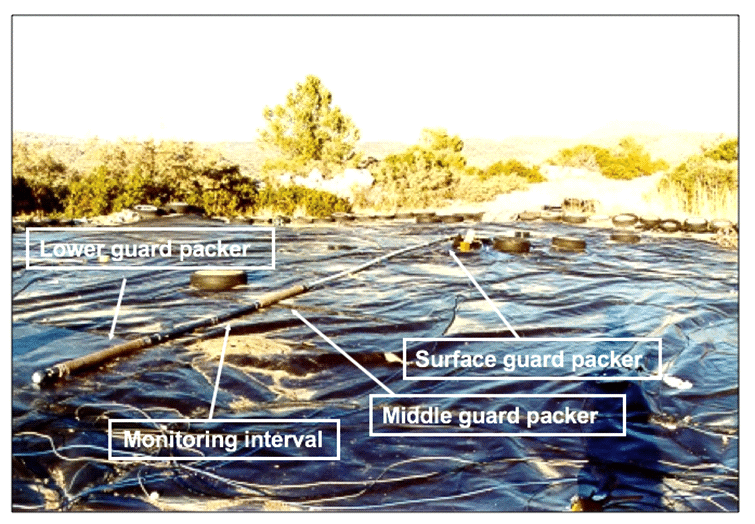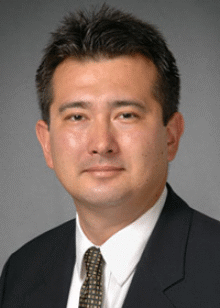Emerging Techniques in Hydraulic Testing for Fractured Rock:
Analysis of Pumping Tests in Fractured Rock
with Traditional Interpretation Methods

Aquifer pumping tests pose unique challenges in fractured rock - as we all can appreciate. The nature of fractured rock alone makes reliable characterization difficult, not to mention their dynamic hydraulic connectedness and formation heterogeneities that can wreak havoc on characterization results.
We can address scale issues by conducting pumping or injection tests to determine hydraulic parameters such as hydraulic conductivity and specific storage, as well as their connectivities.
Background
Despite the success of single-hole hydraulic tests to obtain estimates of hydraulic conductivity and specific storage, these parameters vary with space and scale, as we know. In addition, single-hole tests only provide parameter estimates that are representative of the immediate vicinity of the tested interval.
So for sites that demand characterization of fractured rocks at larger scales, we have choices for applying cross-hole pumping or injection tests to address some of these issues. However, the interpretation of such tests is not trivial and can result in parameters that may not be representative of the system.

Borehole and packer configuration for cross-hole tests
in unsaturated fractured tuff
Webinar Topics
Dr. Illman will teach how to analyze cross-hole pumping and injection tests using traditional interpretation techniques. He will begin with the basic strategies for identifying solutions to analyze pumping and injection tests.
The webinar also discusses what the estimated parameters mean and how it could result in a scale effect. A screening of traditional interpretation methods will be presented to recognize less reliable parameters and what further steps can be considered toward a more sophisticated interpretive tool.
Webinar Highlights:
- Introduction to solution strategies for pumping and injection tests.
- Review of traditional type curve and straight line solution methods.
- Review of mathematical models typically used to develop type curves.
- Review the analysis assumptions.
- Review the relationship of hydraulic parameters to scale.
- Review the cause of the scale effect and how it impacts groundwater calculations.
- Introduction of more sophisticated interpretation techniques beyond the traditional interpretation of cross-hole pumping and injection tests.

Set up of multilevel packers injection and monitoring system for cross-hole testing.
Instructors Bio
 Professor Illman has over 20 years of academic and consulting experience in a wide range of hydrogeological problems worldwide, particularly in developing high-resolution site characterization techniques, applying advanced groundwater flow and transport models, and developing innovative laboratory and field methods to solve complex environmental problems. His current research interests include field investigations of subsurface heterogeneity in both porous and fractured geologic media, in particular the innovative interpretation of single- and cross-hole hydraulic tests. He is considered one of the pioneers in developing hydraulic tomography, a new subsurface characterization method to image heterogeneities of hydraulic conductivity and specific storage. He has applied hydraulic tomography and related techniques in a variety of geological environments including highly heterogeneous porous and fractured media. Professor Illman is the author of over 60 publications in peer-reviewed journals and has served as an Associate Editor for Water Resources Research and Groundwater. Other notable published work includes a book on Bioremediation and Natural Attenuation: Process Fundamentals and Mathematical Models, published by John Wiley & Sons, Inc. of which he is a coauthor.
Professor Illman has over 20 years of academic and consulting experience in a wide range of hydrogeological problems worldwide, particularly in developing high-resolution site characterization techniques, applying advanced groundwater flow and transport models, and developing innovative laboratory and field methods to solve complex environmental problems. His current research interests include field investigations of subsurface heterogeneity in both porous and fractured geologic media, in particular the innovative interpretation of single- and cross-hole hydraulic tests. He is considered one of the pioneers in developing hydraulic tomography, a new subsurface characterization method to image heterogeneities of hydraulic conductivity and specific storage. He has applied hydraulic tomography and related techniques in a variety of geological environments including highly heterogeneous porous and fractured media. Professor Illman is the author of over 60 publications in peer-reviewed journals and has served as an Associate Editor for Water Resources Research and Groundwater. Other notable published work includes a book on Bioremediation and Natural Attenuation: Process Fundamentals and Mathematical Models, published by John Wiley & Sons, Inc. of which he is a coauthor.